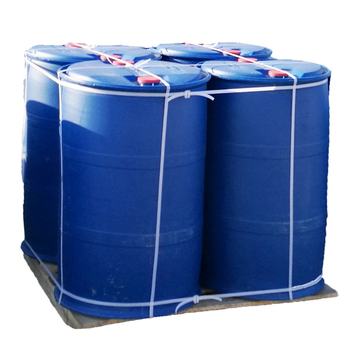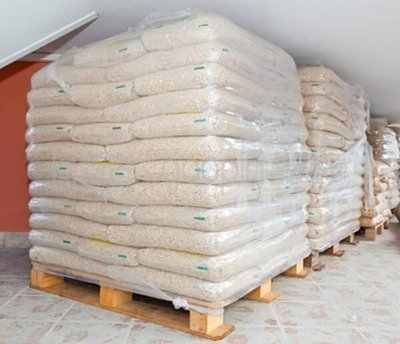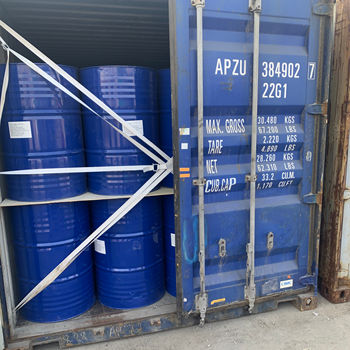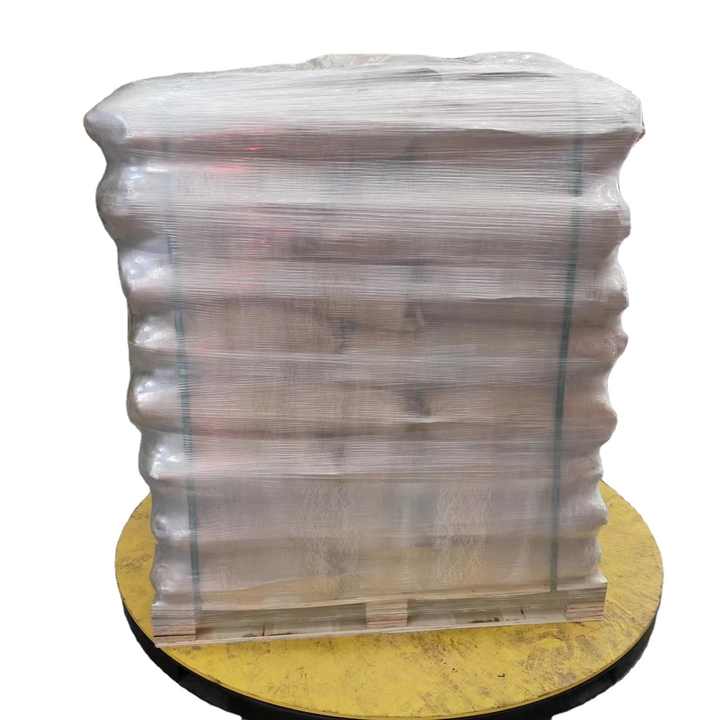Buying Guide: Cationic Polyacrylamide
If cationic polyacrylamide is a vital ingredient for your industrial processes—especially in wastewater treatment, sludge dewatering, or paper manufacturing—this guide is crafted to help you make an informed purchasing decision.

Cationic Polyacrylamide (CPAM) is a water-soluble polymer known for its strong flocculating capabilities. It is used primarily for treating organic-rich effluent streams and acts as a highly effective sludge dewatering agent. Its positive charge makes it particularly useful in bonding with negatively charged particles, leading to excellent solid-liquid separation performance.
Description
Cationic Polyacrylamide is a synthetic high-molecular-weight polymer formed from acrylamide and cationic monomer subunits. It exhibits excellent solubility in water, strong hygroscopicity, and is commonly supplied in powder, granular, or emulsion form.
It is especially effective in treating wastewater from municipal and industrial sources where suspended solids, organic matter, or biosolids need to be efficiently separated or removed.

Polyacrylamide Applications
Cationic polyacrylamide is highly versatile and widely used across the following sectors:
1. Wastewater Treatment
-
Flocculates and removes organic particles and suspended solids.
-
Enhances sludge dewatering, reducing moisture and transportation costs.
-
Ideal for treating effluents from food processing, tanning, brewery, and textile industries.
2. Paper Industry
-
Improves retention of fines and fillers, enhancing paper quality.
-
Assists in drainage and formation during the papermaking process.
3. Municipal Sewage Treatment
-
Used in thickening and dewatering of municipal sludge.
-
Optimizes centrifuge, belt press, and chamber filter press performance.
4. Oil & Gas Sector
5. Other Applications
Cationic Polyacrylamide Grades & Uses

Is Cationic Polyacrylamide a Reducing Agent?
No, cationic polyacrylamide is not a reducing agent. However, it can support processes involving reduction or precipitation, particularly when paired with metal salts or redox-active compounds in environmental remediation.
Is Cationic Polyacrylamide Toxic?

-
Polymerized CPAM is generally safe and widely approved for industrial applications.
-
Raw acrylamide monomer, however, is toxic and neurotoxic. Products must be manufactured and handled under strict quality control to maintain residual acrylamide below 0.05%.
-
Always follow MSDS guidelines and proper PPE protocols during handling.
Is Cationic Polyacrylamide Explosive?
-
Non-explosive under standard conditions.
-
Avoid high heat, strong oxidizers, or alkaline mixtures unless process-controlled.
-
Store in cool, dry, and shaded areas away from incompatible substances.
Cationic Polyacrylamide vs. Other Polymers
Compared to alternatives like polyethylene oxide or carboxymethyl cellulose, CPAM provides superior floc formation, reduced settling time, and strong binding to negatively charged colloids.
Purity Standards
-
Industrial Grade: >90% active polymer
-
Municipal/Potable Water Use: >95% purity with low monomer residuals
-
Must comply with ISO 9001, REACH, NSF, or local health standards for specific regions
Price & Supplier Considerations
Price varies based on:
-
Molecular weight
-
Ionic charge percentage
-
Product form (powder vs. emulsion)
-
Purity and certification levels
-
Country of origin and shipping logistics
Key Supplier Evaluation Checklist
-
Consistent molecular weight and charge density
-
COA and MSDS provided with every batch
-
Customized formulations upon request
-
Proper storage packaging for export or long-term use
-
Transparent residual monomer data
Avoid overly cheap suppliers with vague specs. Low-quality CPAM may result in clogged equipment, incomplete flocculation, or regulatory failure.
How to Buy Cationic Polyacrylamide
-
Define Usage
-
Clarify industry, treatment method, and sludge/solids type.
-
Choose proper molecular weight and ionicity.
-
Request Technical Documents
-
Test Compatibility
-
Inspect Packaging & Storage
-
Work with Reputable Partners







